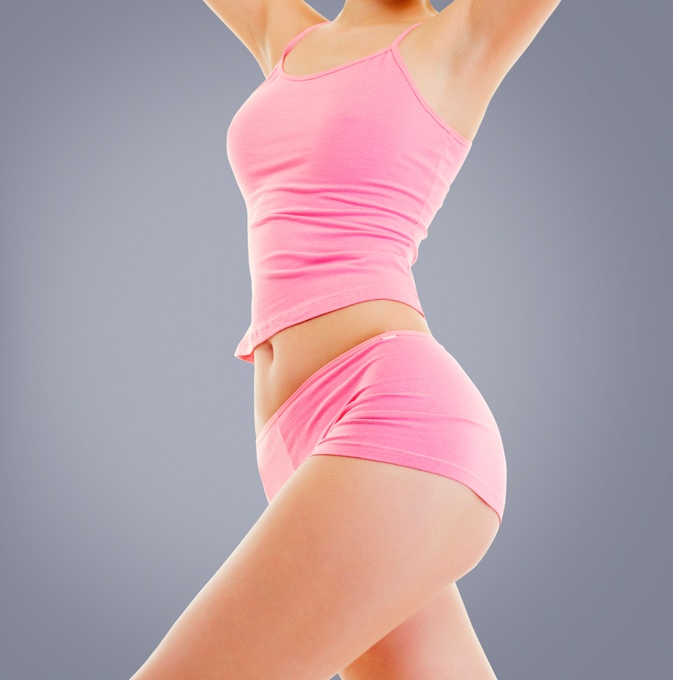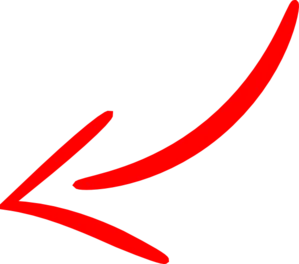Post Bariatric surgery for the treatment of obesity is becoming increasingly popular. Procedures such as gastric bypass, and vertical banded gastroplasty can produce a dramatic loss of weight. Unfortunately, excessive hanging skin and fatty deposits of the abdomen, thighs, breasts and arms are an unwelcome consequence for those successfully losing more than 80 to 100 pounds. After a weight loss plateau has been reached, Body lift procedures is performed both to improve aesthetics and to alleviate symptoms. Abdominoplasty (tummy tuck), mastopexy (breast lift), brachiaplasty (arm lift), or thigh lift may be performed, in which excess skin and soft tissue is removed and tightened leading to a smoother, more youthful, and more natural appearance.
Reasons for Considering a Body Lift/Arm Lift:
- Reshape mid-body/ upper arms contour.
- Correct sagging skin and fat due to aging or excessive weight loss.
- Remedy weight gain and stretched skin caused by multiple pregnancies.
- Unsightly sagging skin on the upper arms due to aging, genetics, weight loss
- Post Bariatric Surgery

«Body lift is a procedure to raise and reshape unsightly, sagging body contours. During the aging process, skin loses some elasticity, causing the mid-section to lose its natural shape and firmness. This procedure is designed to remove loose skin and related fat deposits, thus, providing a more youthful appearance. A body lift can be applied to the lower torso and upper legs including the abdomen, waist, inner/outer thighs, buttocks, and/or hips. Liposuction may also be completed in conjunction with a body lift.»
«An arm lift also known as brachiaplasty is a body-sculpting procedure that removes excess skin and fat from the upper arm areas. If you desire an improved shape and proportion to the upper arm, consider an arm lift and/or liposuction.»
The precise procedure varies with each patient, depending on the body type and desired surgical outcome. Generally speaking, the body lift procedure entails making an incision that follows the upper and/or inner thigh, to the waistline. In more extensive surgeries, the incision goes completely around the waist and lower back. Adjustments to the buttocks and thighs require an incision at the crease of the buttocks. Excess skin is then removed, followed by the underlying fat deposits. Finally, the skin is pulled taught and sutured into the new configuration.
During a brachiaplasty, reduction or elimination of excess skin from the upper arms is performed. In order to remove the unwanted skin, an incision is required that runs from near the elbow into the armpit. The incision is placed in the most inconspicuous location (inner arm toward the back). An additional procedure that may enhance the result is liposuction of the upper arms or armpits. When the skin tone is acceptable, liposuction can be used to decrease the bulk of the excess fat deposited along the lower border of the upper arm. This procedure only requires a small incision near the elbow and therefore avoids nearly all visible scarring. The surgery is performed under general anesthesia.
Generally, post-operative instructions require plenty of rest and limited movement in order to speed up the healing process and recovery time. Bandages are applied right after surgery to minimize swelling and provide support. Tubes are often placed to drain excess fluids. The scars resulting from the incisions are carefully placed so as to minimize visibility. Minor pain associated with surgery which can be treated with oral medication. Recovery time varies with the extent of the procedure. While complications are rare, patients can minimize potential problems by carefully following the directions that are given after the surgery.
